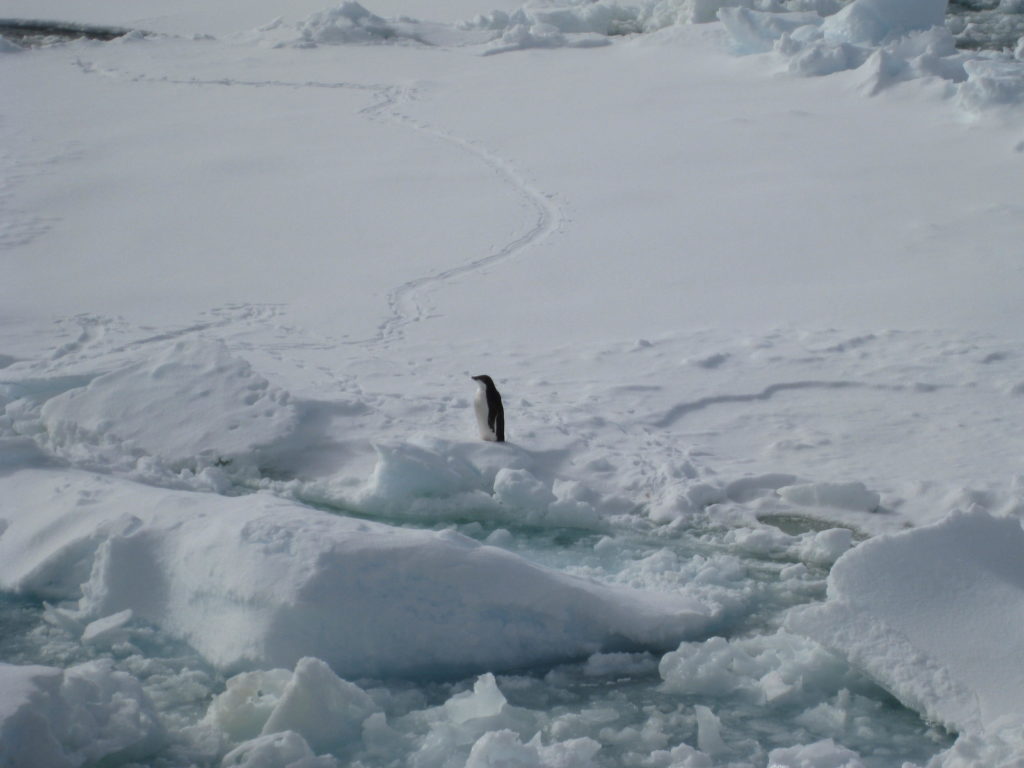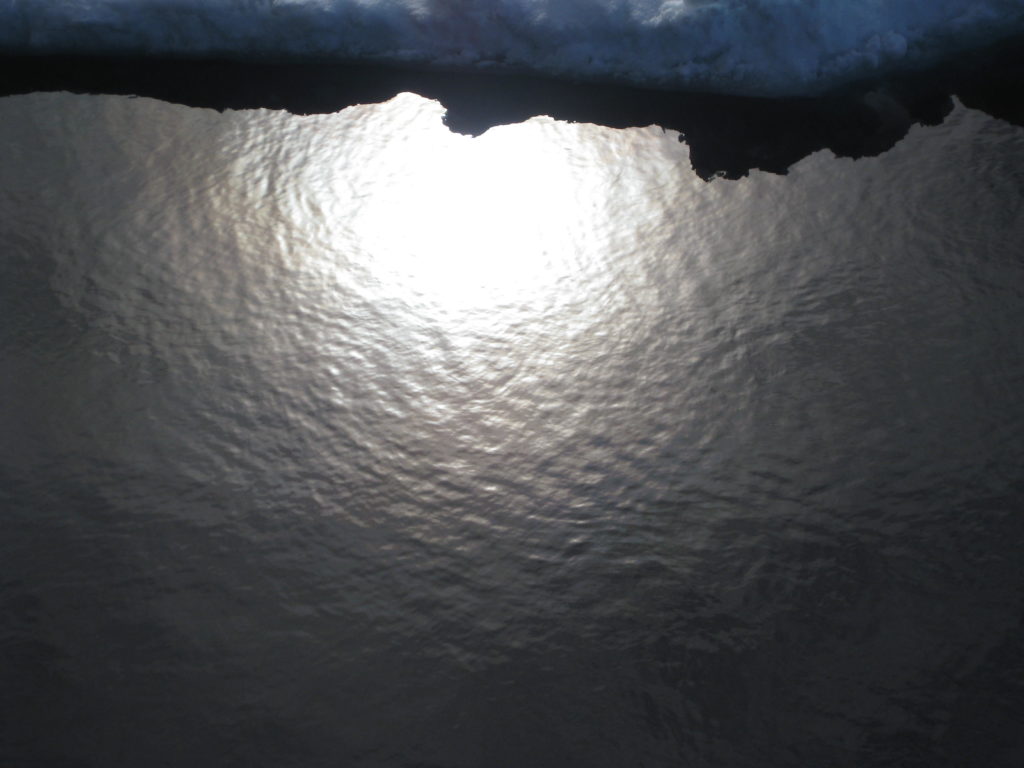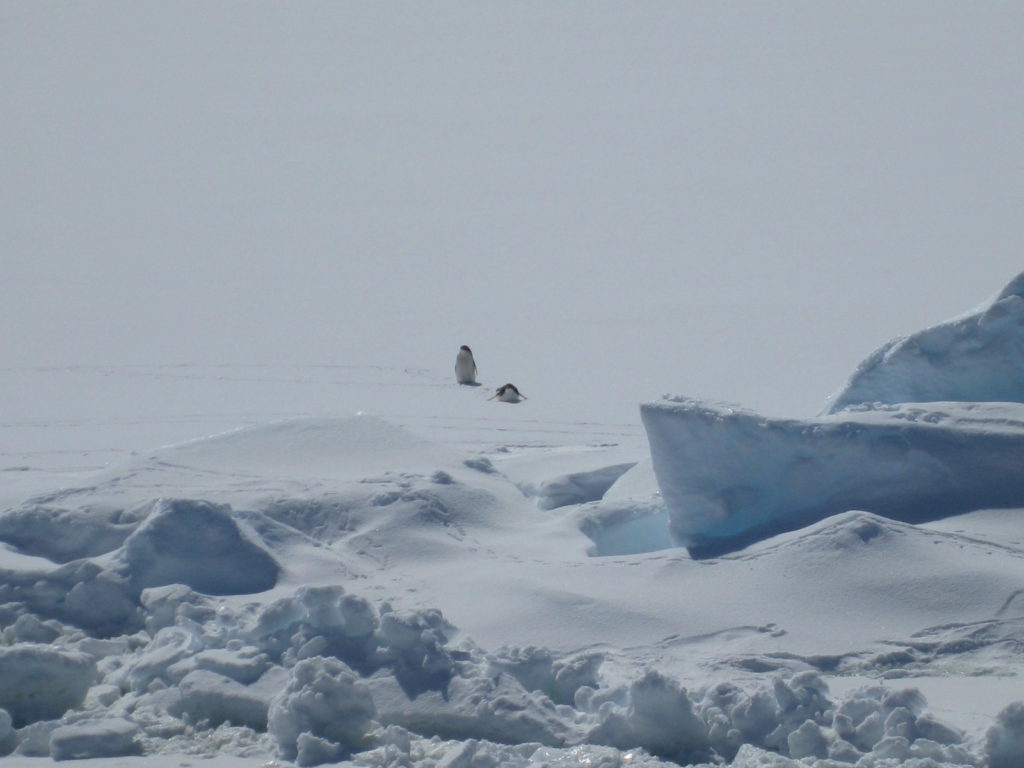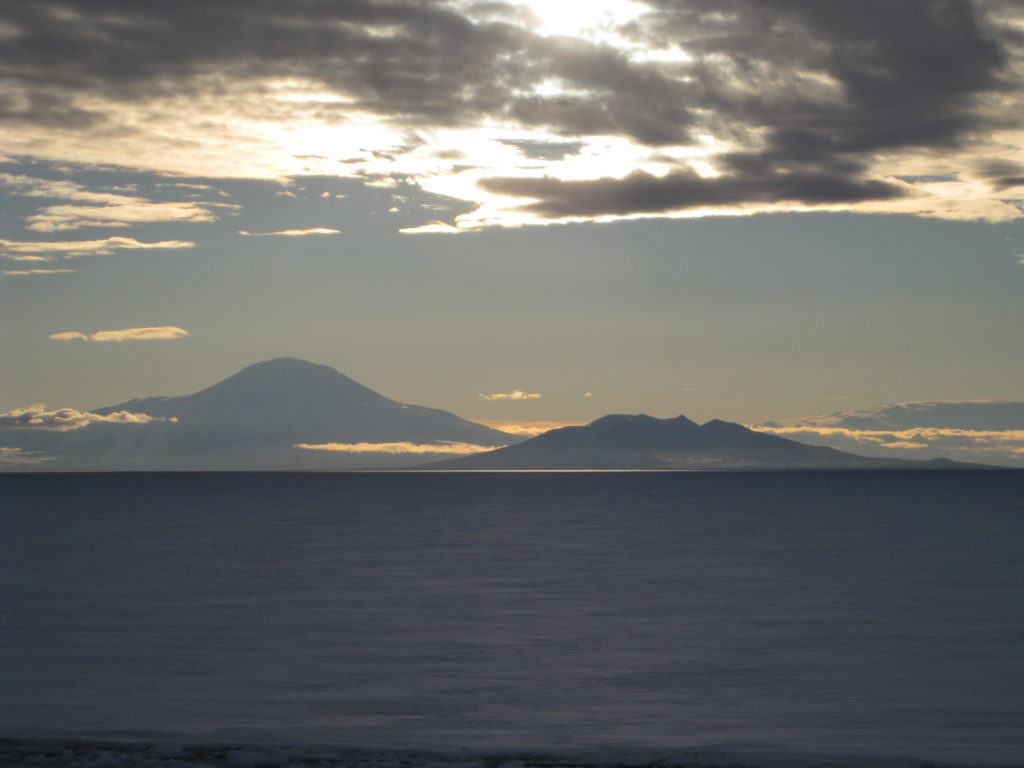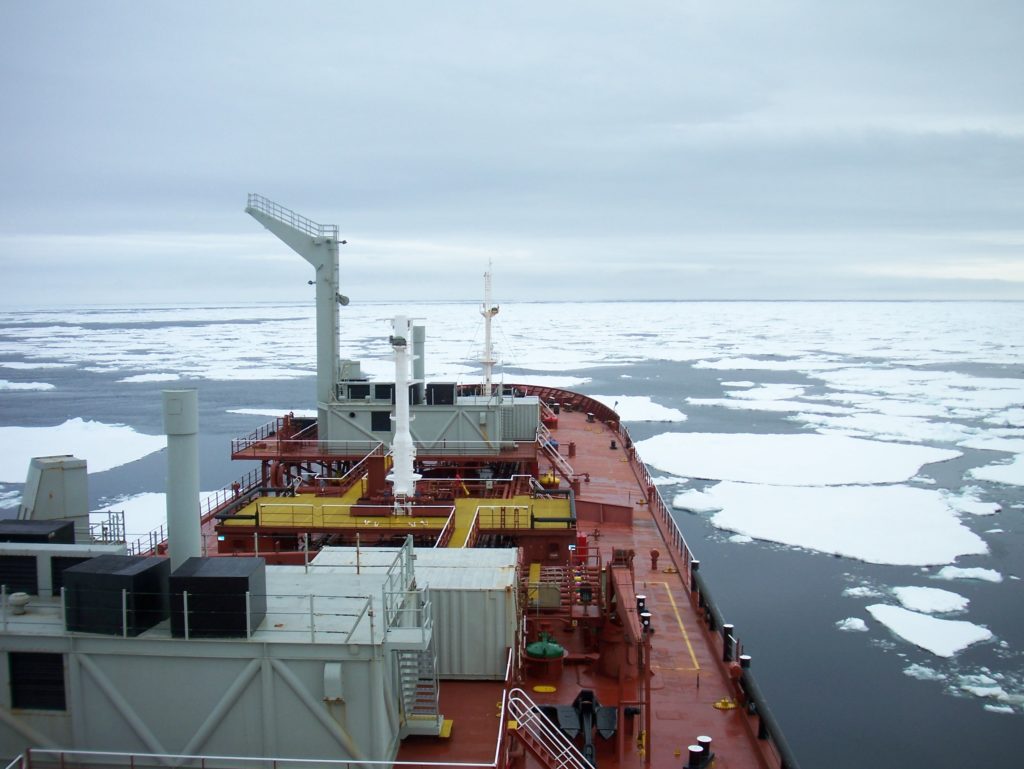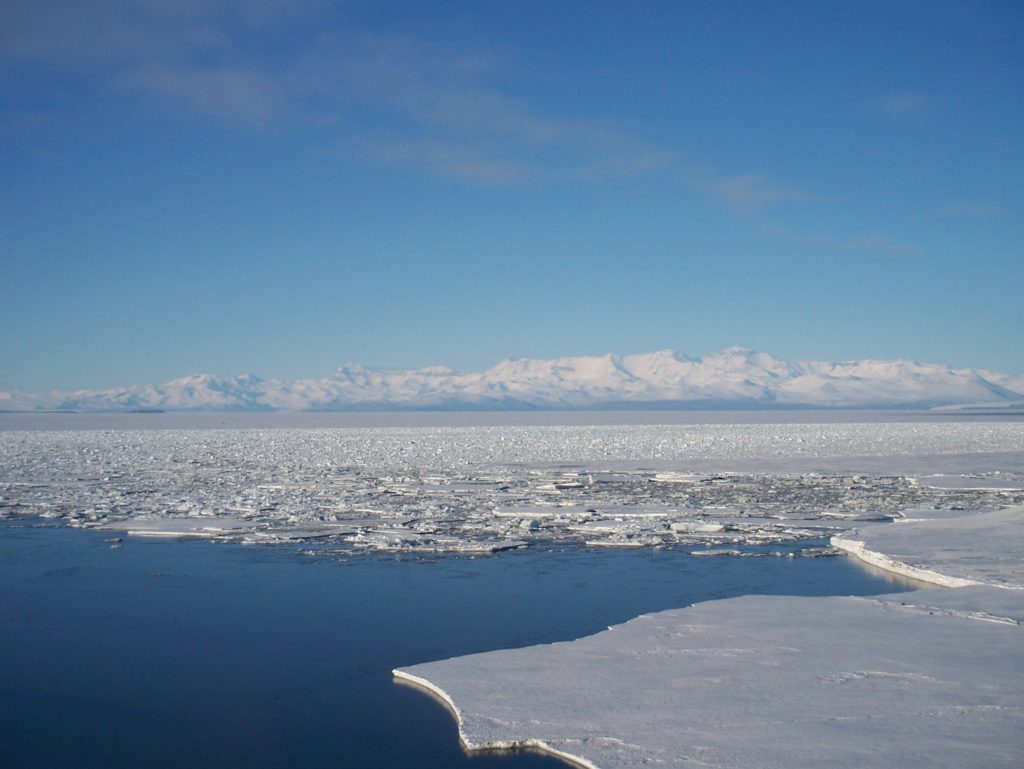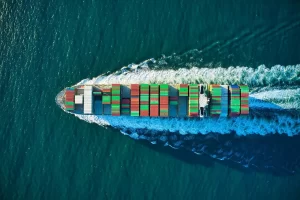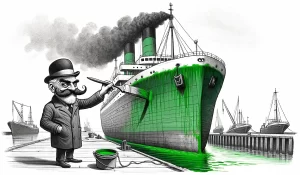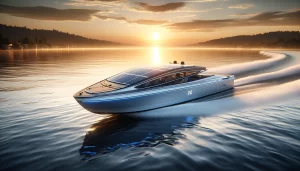We’ve had some snow and cold weather here in D.C. recently and this has got me reminiscing about a time I was in a much colder climate: Antarctica. In 2008 I travelled to this remote part of the world by ship and to celebrate the ten year anniversary of this trip I thought I would share some photos and videos with you all.
Regular readers of The Liquid Grid may be wondering what this post has to do with clean tech or sustainability. Well Antarctica is changing fast. Accelerated warming at the poles due to carbon emissions is causing entire ice shelves the size of small countries to break off and drift out to sea. I hope this post will draw your attention to this area of the world and reflect on your own actions that may be impacting it. Perhaps you’ll consider turning off lights when you’re not using them or driving less. I can assure you that there is nowhere else in the world quite like Antarctica, and if it disappears it ain’t coming back for a long time.
Operation Deep Freeze
I joined the USNS Lawrence H. Gianella for Operation Deep Freeze in 2006 as an engineering intern. The Gianella is an ice-strengthened tanker that can carry tens of thousands of tons of fuel products such as diesel and jet fuel. It’s a big floating gas tank really. This was not a cruise, Operation Deep Freeze is an annual mission to resupply the U.S. research facility in Antarctica McMurdo Station.
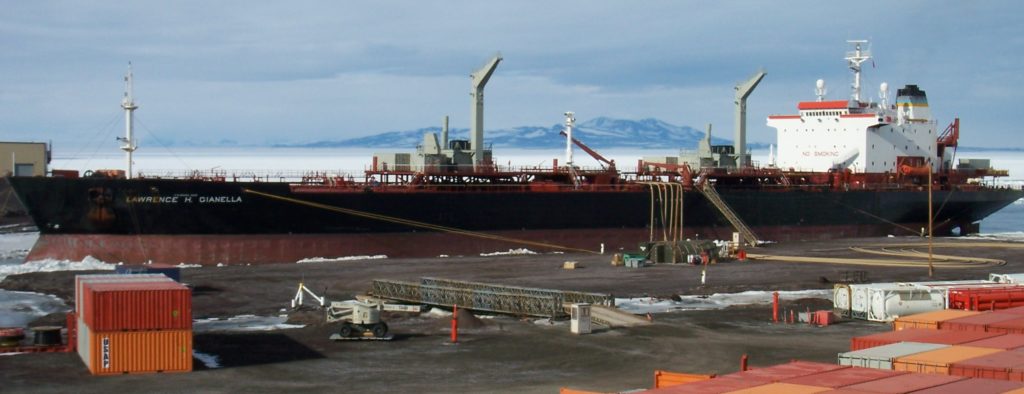
Antarctica is not an easy place to get to. It is a landmass surrounded by intense winds and a wild ocean. If that wasn’t enough the waters surrounding the continent are frozen for most of the year. It’s cold, dark, and seemingly void of any life. Due to the dense pack ice, resupply ships can only get through to the station for a three-month window each year during the southern hemisphere’s summer.
The Gianella spends most of the year tramping about the oceans delivering fuel to different military installations and bases throughout the world. I happened to join the ship in the Mediterranean while it was doing fuel runs between Greece and Turkey. From here we passed through the Suez Canal, down the Red Sea, across the Gulf Aden and then across the Indian Ocean to Perth, Australia; roughly 7,000 nautical miles.
In Perth the Gianella took on fuel that would eventually be delivered to McMurdo. From here we headed south, way south.
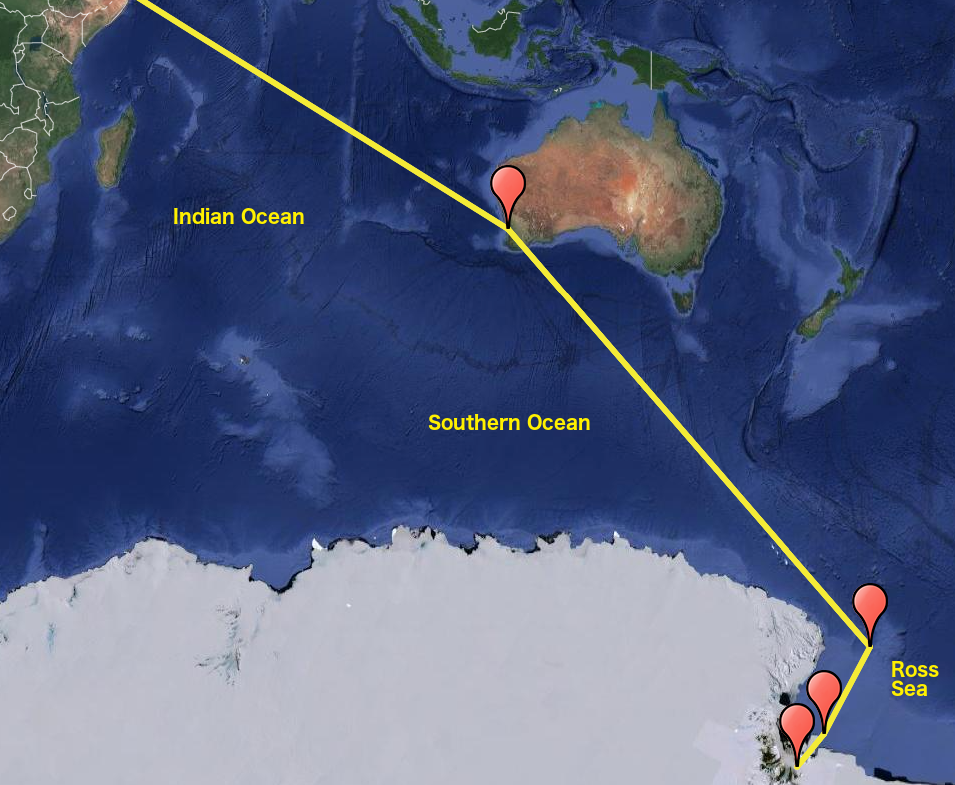
To reach Antarctica, one must cross a series of latitude bands with some rather foreboding names: the Roaring Forties, the Furious Fifties, and the Screaming Sixties. These bands are named for intensity of the trade winds within each. The further south one goes the less landmass there is to disrupt the wind flow and so the wind speed gets more intense. At the 60th parallel, the westerly wind is almost completely unobstructed and its fetch length is almost the entire circumference of the planet. Crossing of these latitudes typically means high winds and rough seas. Luckily, our passage through the Southern Ocean was nowhere near as bad as it could have been. The worst weather we saw was about 30 knot winds with 20-foot swell, looking a little something like this:
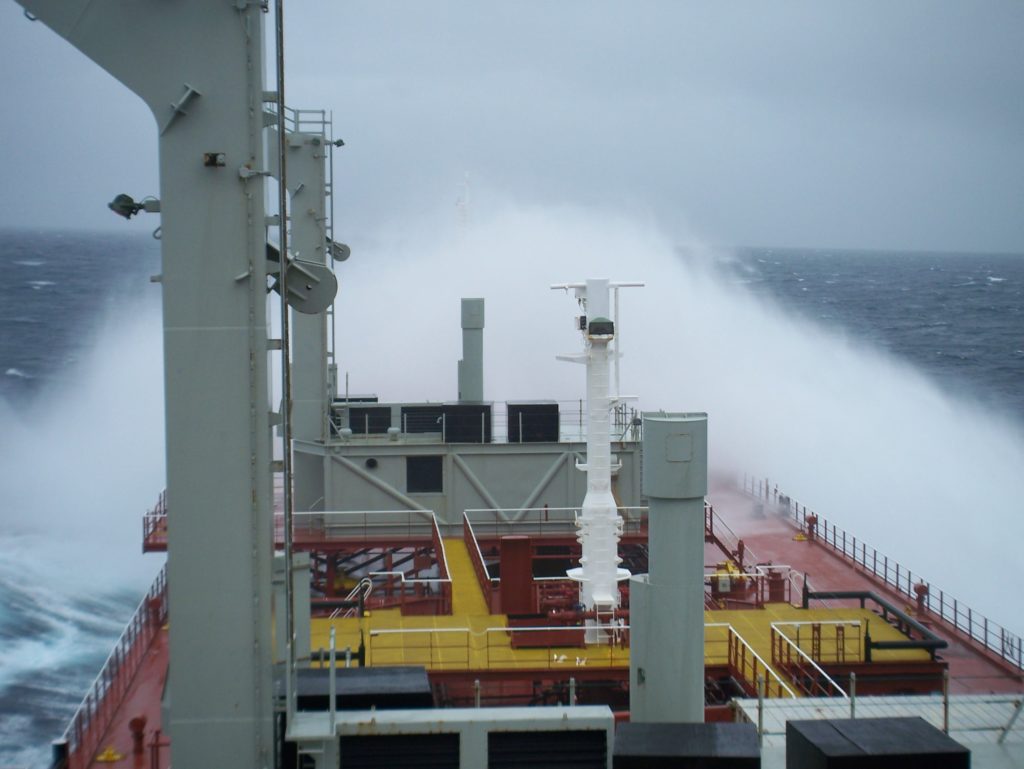
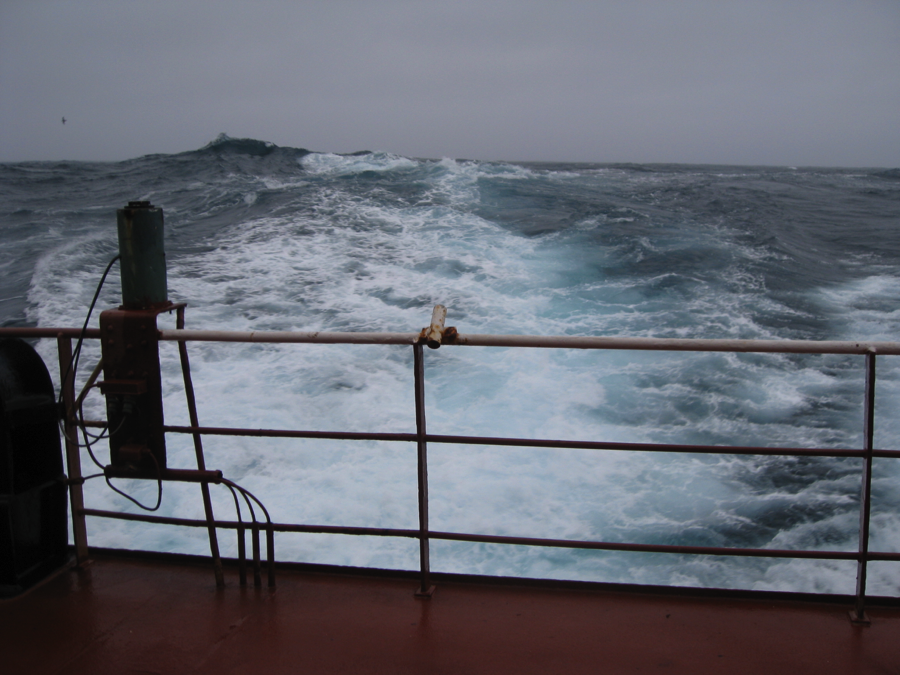
The Ross Sea
Once we reach the edge of the Ross Sea is when it gets interesting. During the Southern Summer, sea ice will naturally melt and large chunks of ice will drift out to sea. The closer one gets to the continent, the more densely packed the ice becomes. It will go from this:
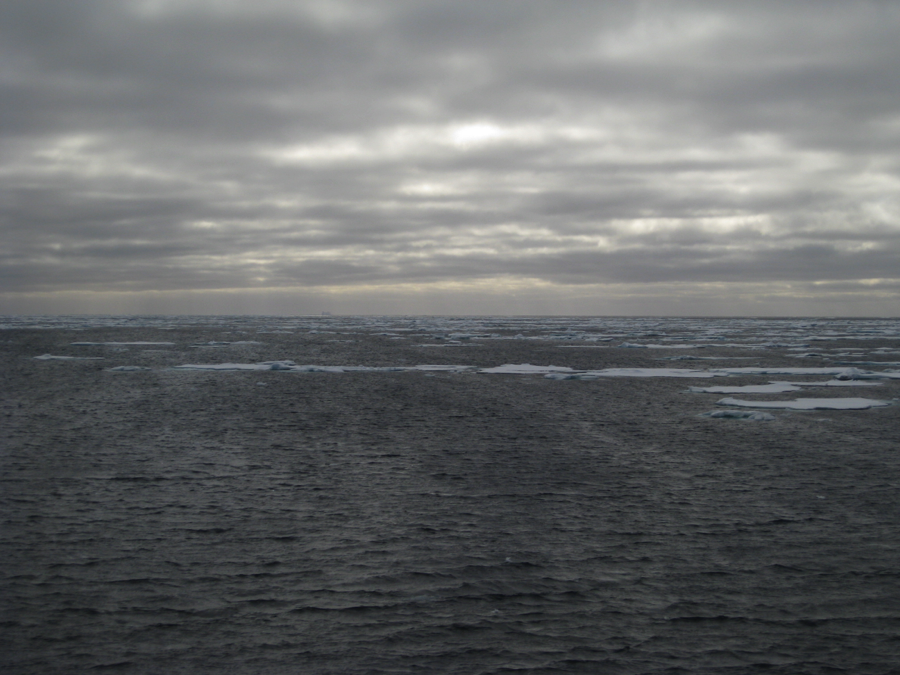
To this:
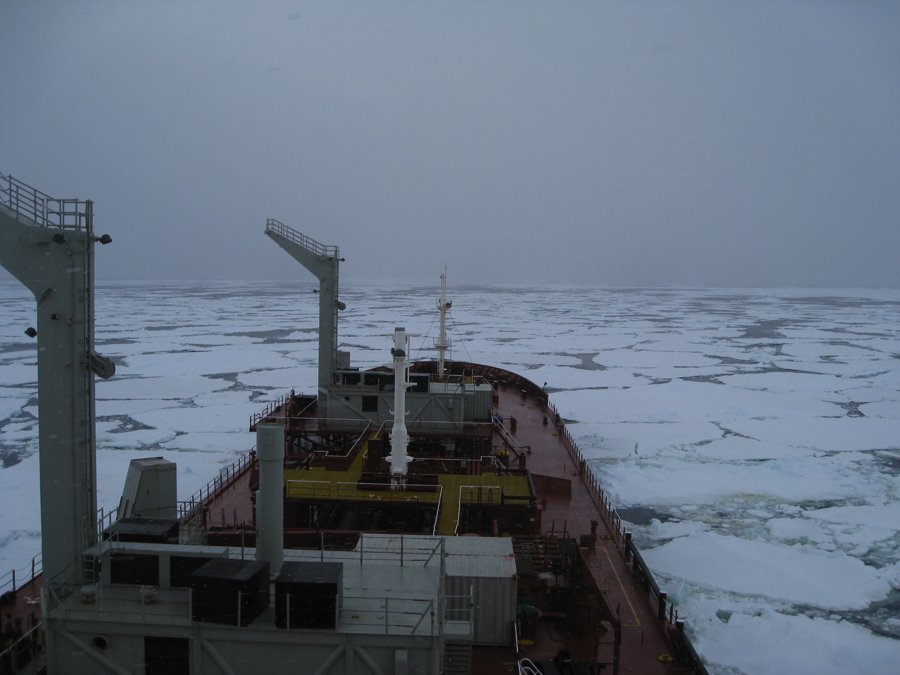
To pack ice like this:
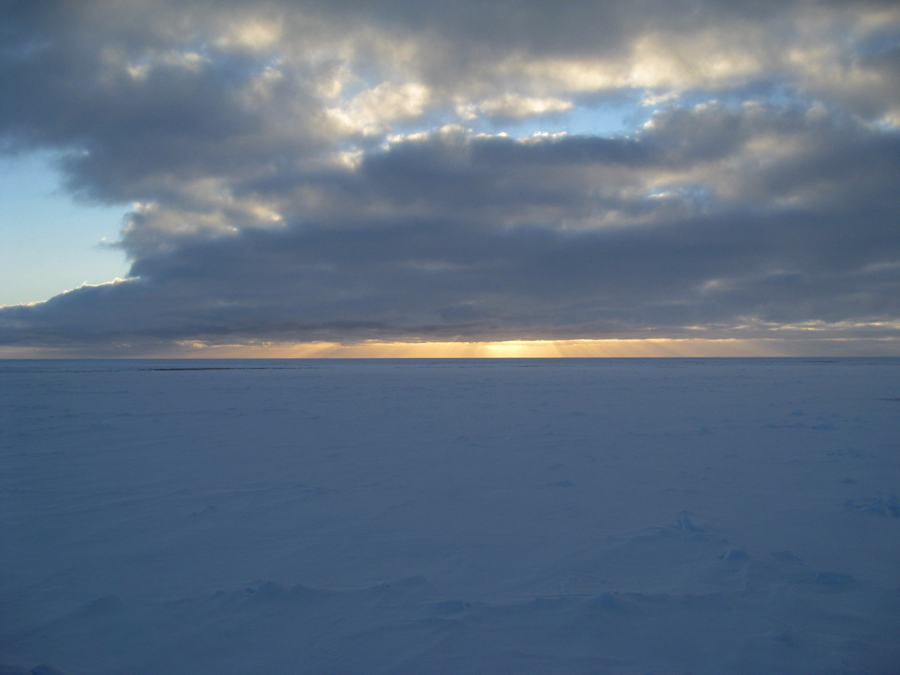
As I mentioned, the Gianella is an ice-strengthed ship. This means that it can plow through some of the ice without compromising the hull’s structural integrity. The ship can’t run into icebergs, but it can run into some big ice floes without much fuss. What’s the difference between an iceberg and an ice floe you ask? An iceberg is a large chunk of ice that has broken off of a glacier and drifted out to sea, like in the image below. Ice floes are sheets of free-floating ice that are generally smaller in size, less-thick, and are more mobile (see video below).
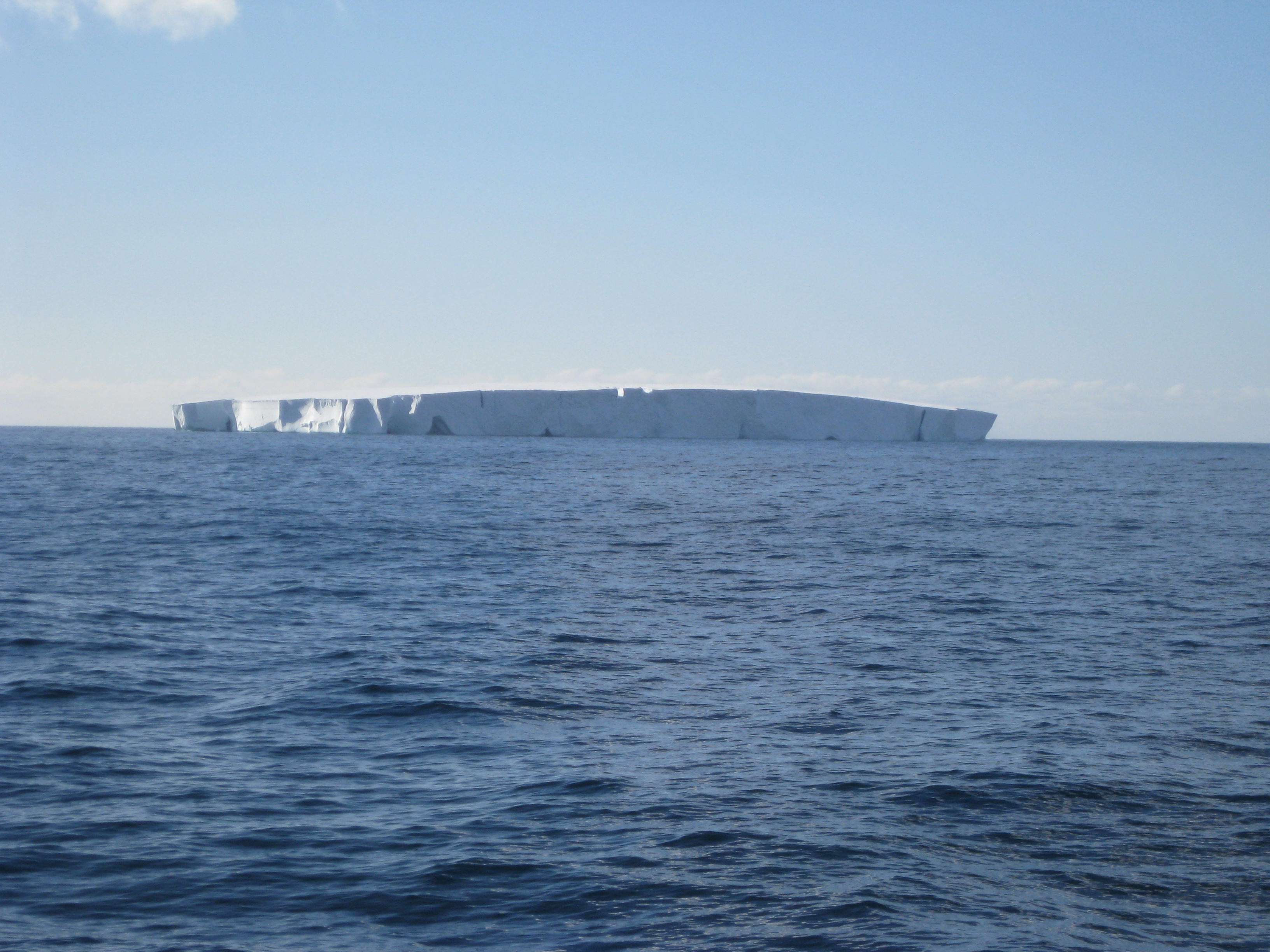
It’s difficult to describe the surrealism of a ship weighing tens of thousands of tons plowing into ice sheets the size of buildings. Luckily for you I took a video of it. Turn down your volume, but don’t turn it off completely. The thunder sound you’ll hear is ice hitting the hull of the ship.
Link if video doesn’t load: https://youtu.be/dueNTybpBNU
At a certain point the ice gets too thick and an icebreaker is called to clear a path. I bet Shackleton and the men on the HMS Endurance wish they had one of these suckers. Our icebreaker happened to be this little lady, the Oden:
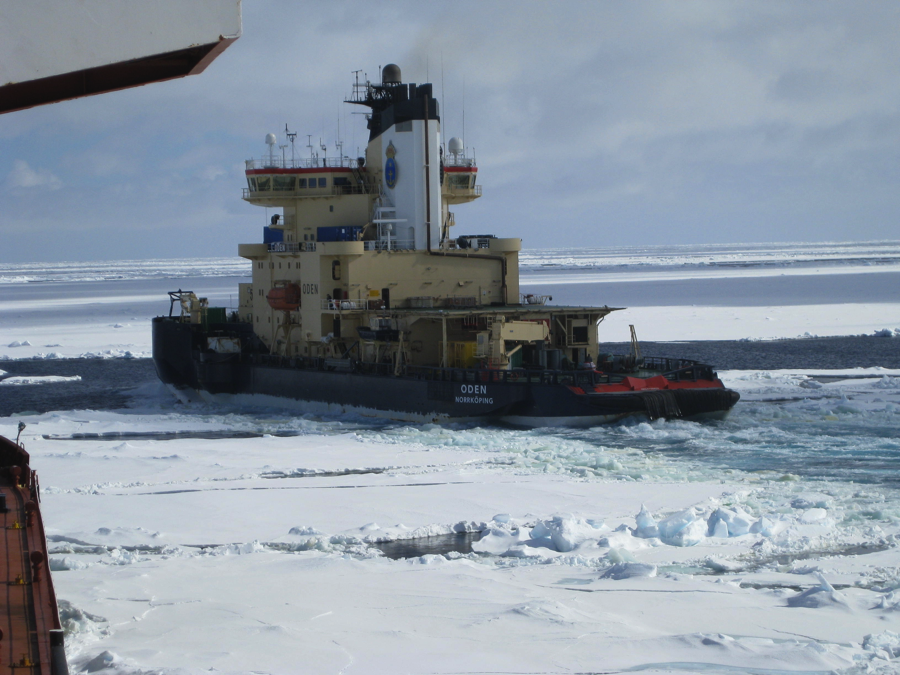
Icebreakers are a unique type of ship. Using extra powerful engines (relative to their size) these vessels literally force themselves bow-first on top of an ice sheet and use the weight of the vessel to crush the ice. The Oden made a channel in the ice for us, but we weren’t the only ones to use it.
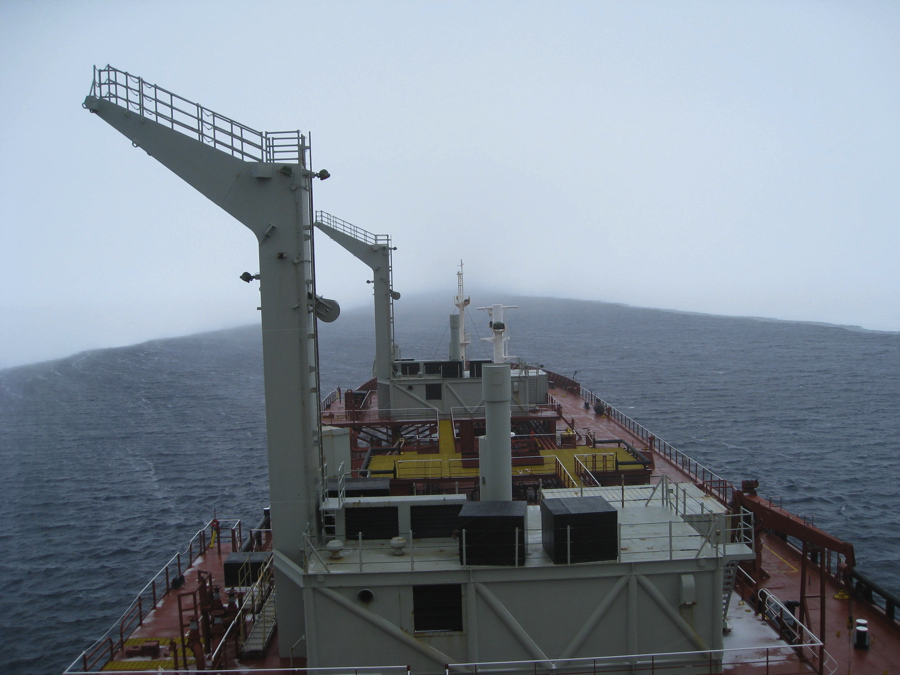
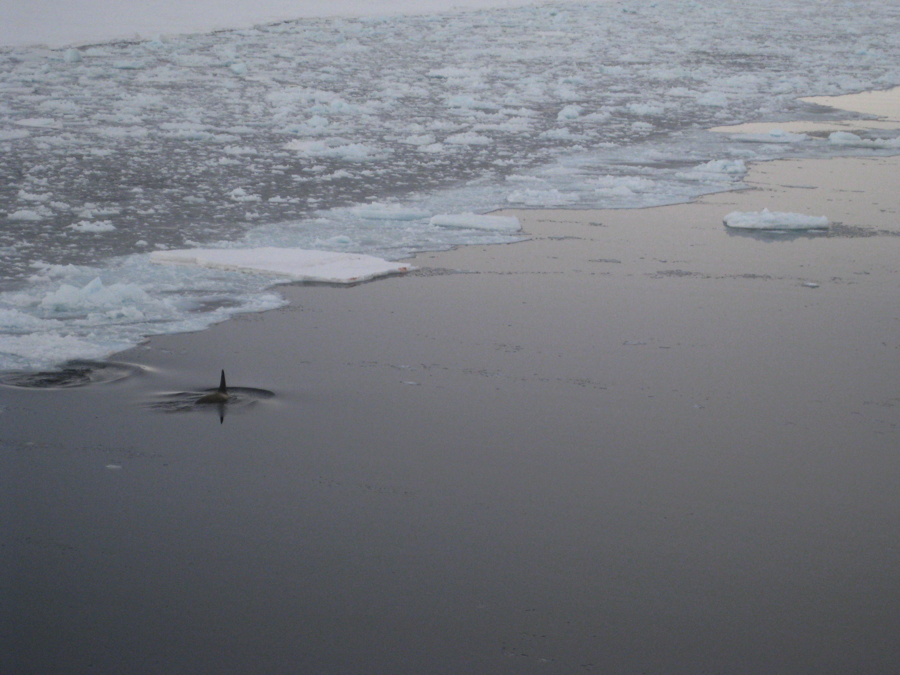
About three weeks after leaving Australia, we arrived at McMurdo Station in Antarctica. The pier at McMurdo is actually just more ice with some dirt on it. It’s nothing pretty, but it gets the job done.
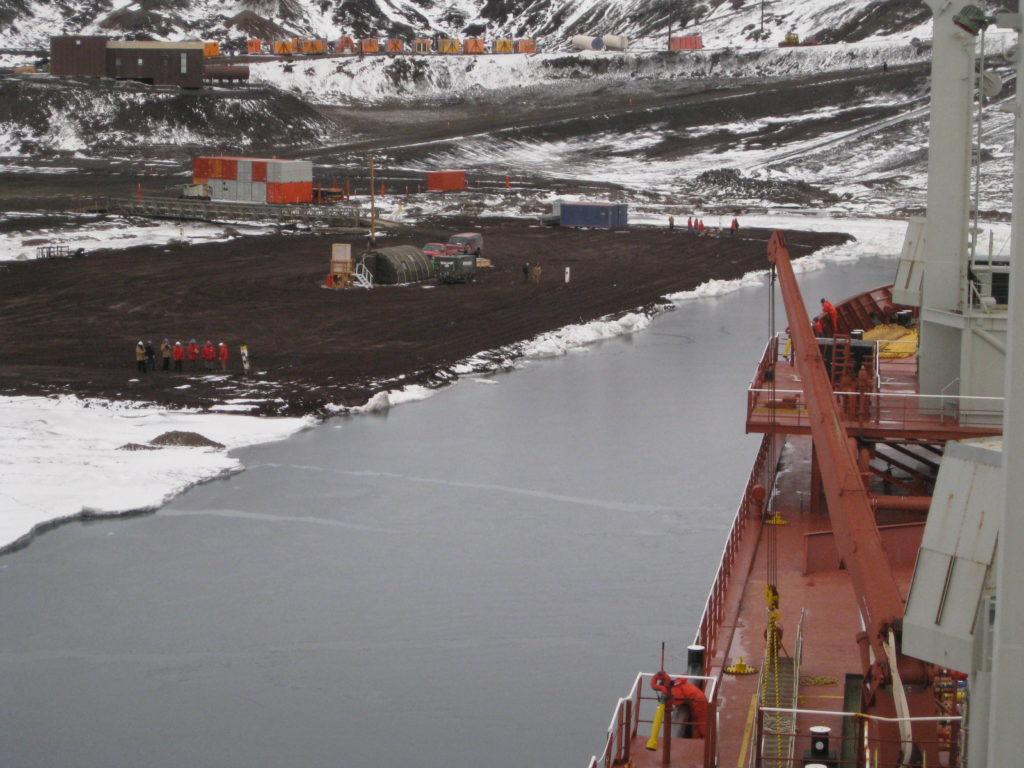
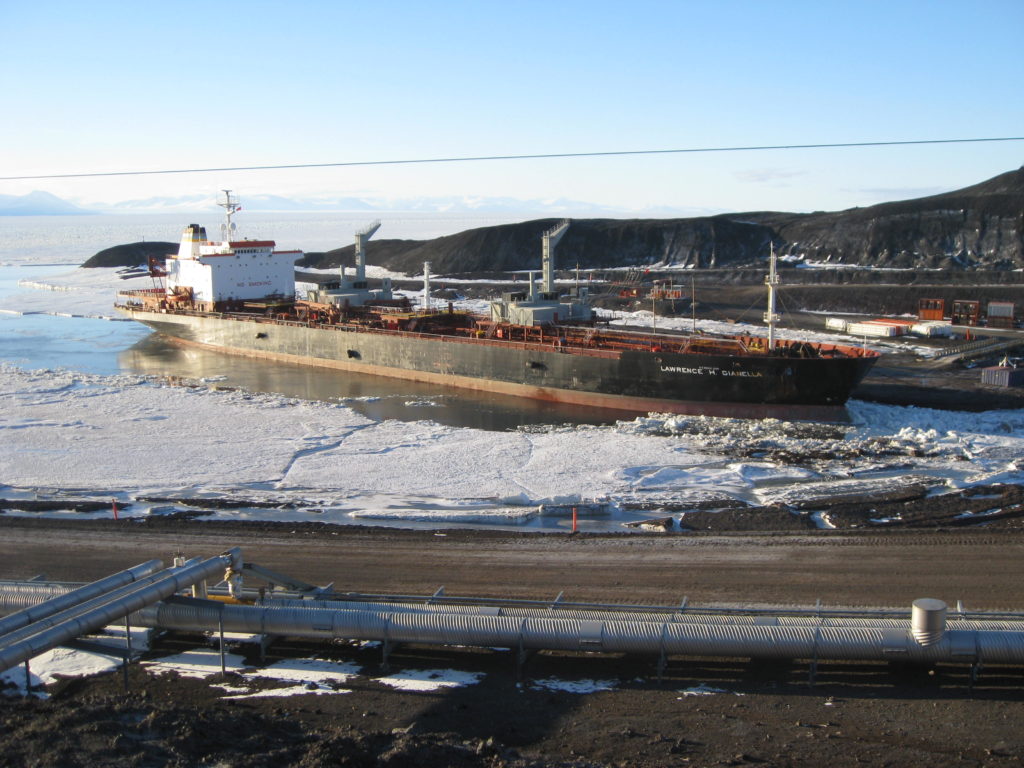
We stayed in McMurdo for just about a week, discharging all of the vessel’s cargo to shore side tanks on shore. This fuel resupply keeps the research station going for a full year. It was certainly a trip of a lifetime and Antarctica is perhaps one of the most beautiful places I’ve ever been. Hopefully you’ll appreciate this special part of the planet just a little bit more and do your piece to try and keep it pristine. I recognize the irony of preaching about reducing fuel use while simultaneously posting pictures of a trip on a fuel tanker vessel. However, hopefully this sheds light on the amount of effort, time, and money it takes to get fossil fuels to remote parts of the world and convinces you that there must be a better way. With that, I’ll leave you with some more pictures from this voyage, enjoy!
